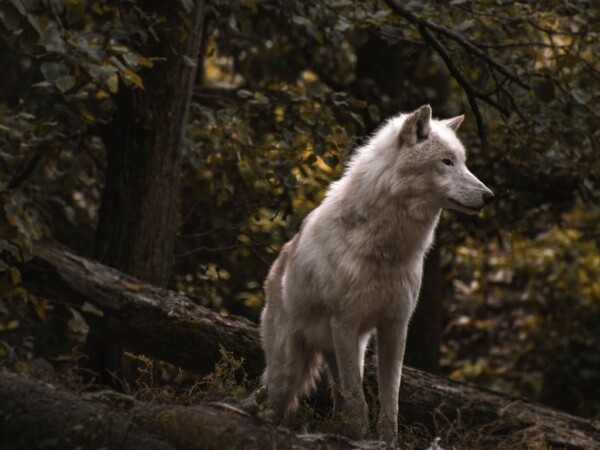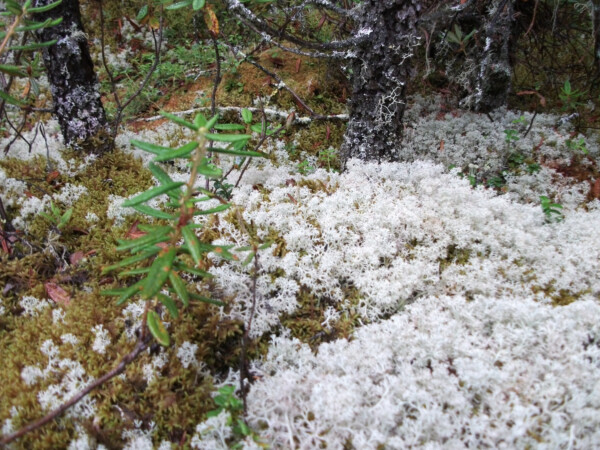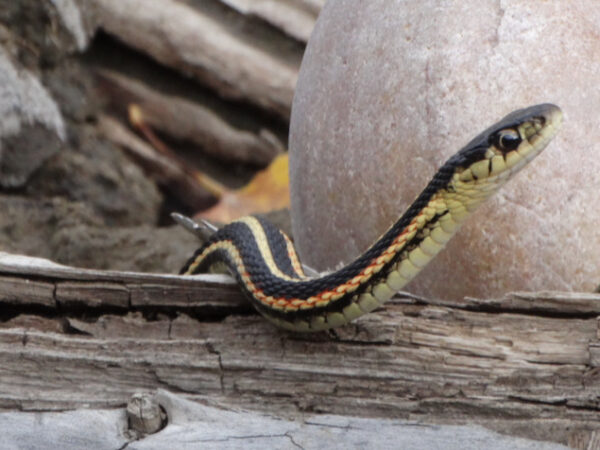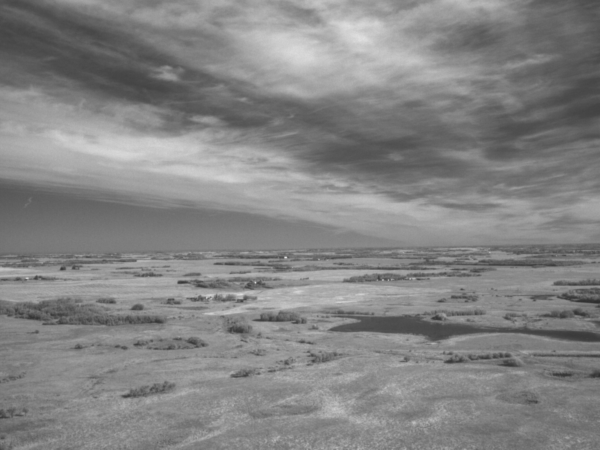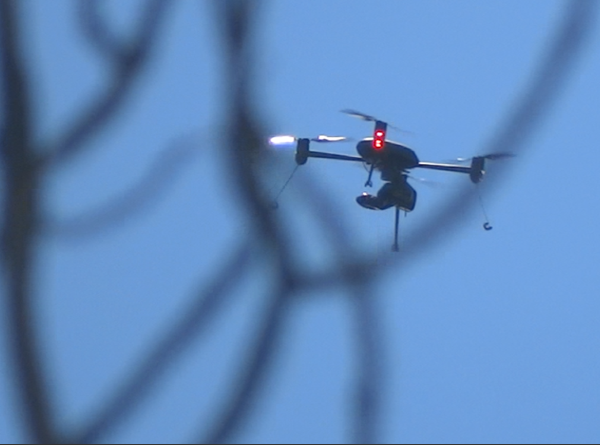The snowshoe hare (Lepus americanus), characterized by its large “snowshoe like” hind feet is a master of disguise. Whether gliding across powdery snow in the winter or hiding among bushes and trees in the summer, these bunnies employ a special tactic to avoid the leering eyes of predators— their fur blends into their surroundings, rendering them hidden to any onlookers scouting for a snack.
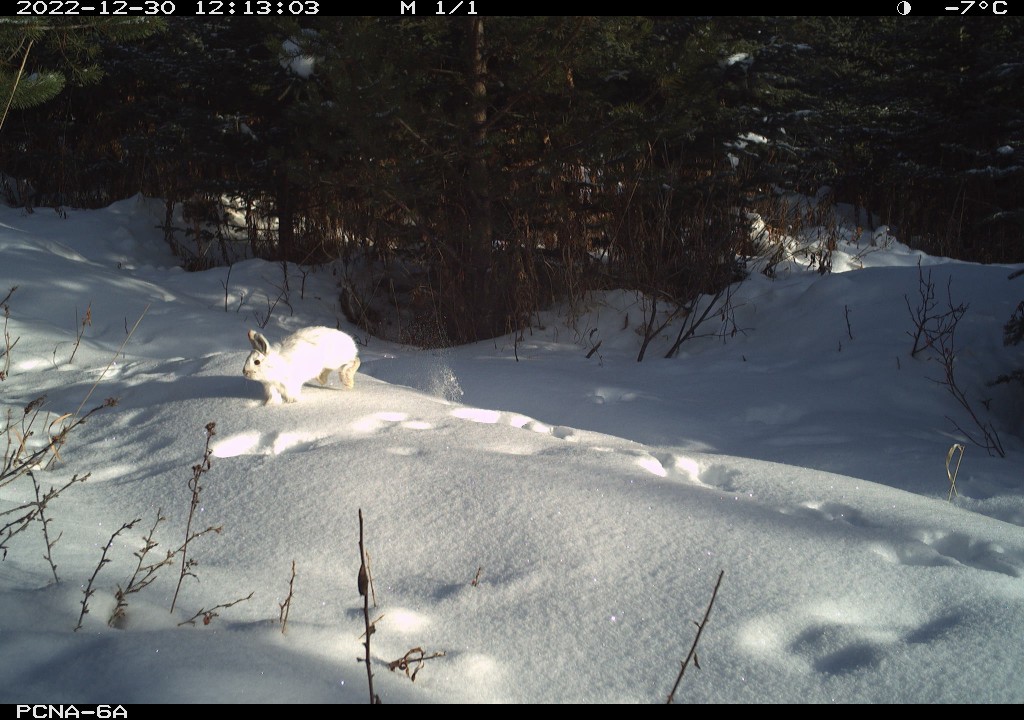
Snowshoe hares experience a change in fur colour as they molt twice annually in sync with the shifting photoperiod. That means as the autumn days get shorter, the hare experiences a molt which reveals snowy-white fur to help it blend in to the winter landscape. As the year progresses and the days get longer and sunnier, the hare molts again to display brown fur, perfect for hiding in the dirt, grass, and shadows. Temperature also slightly affects hare molting, with colder temperatures in the fall leading to an accelerated molt and remaining cold temperatures in the spring leading to a slower molt back to brown (Zimova, 2018).
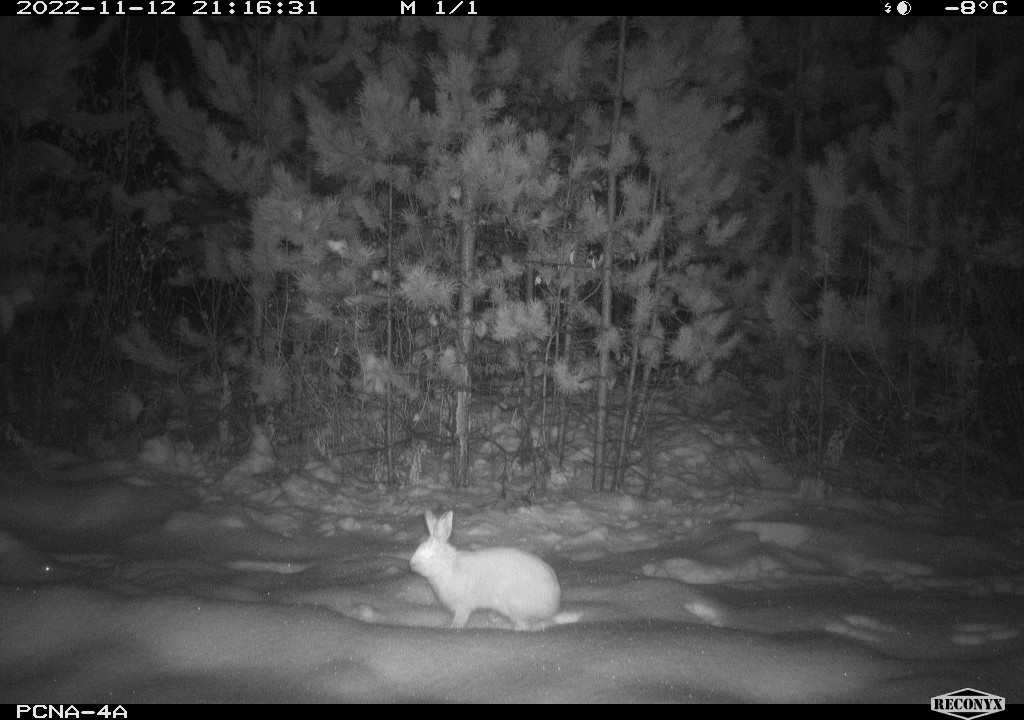
When annual photoperiod and changing weather do not align, the snowshoe hare can run into trouble. Due to climate change, weather associated with seasonal change has been occurring out of sync with its normal timeline. Snowshoe hare rely on environmental changes like snowfall for their molts to be a successful camouflage, and so if a Hare turns white before there is snow on the ground, it becomes a flashing target for predators. With the unpredictable weather cycles caused by the changing climate, hares may be more vulnerable as weather patterns continue to change.
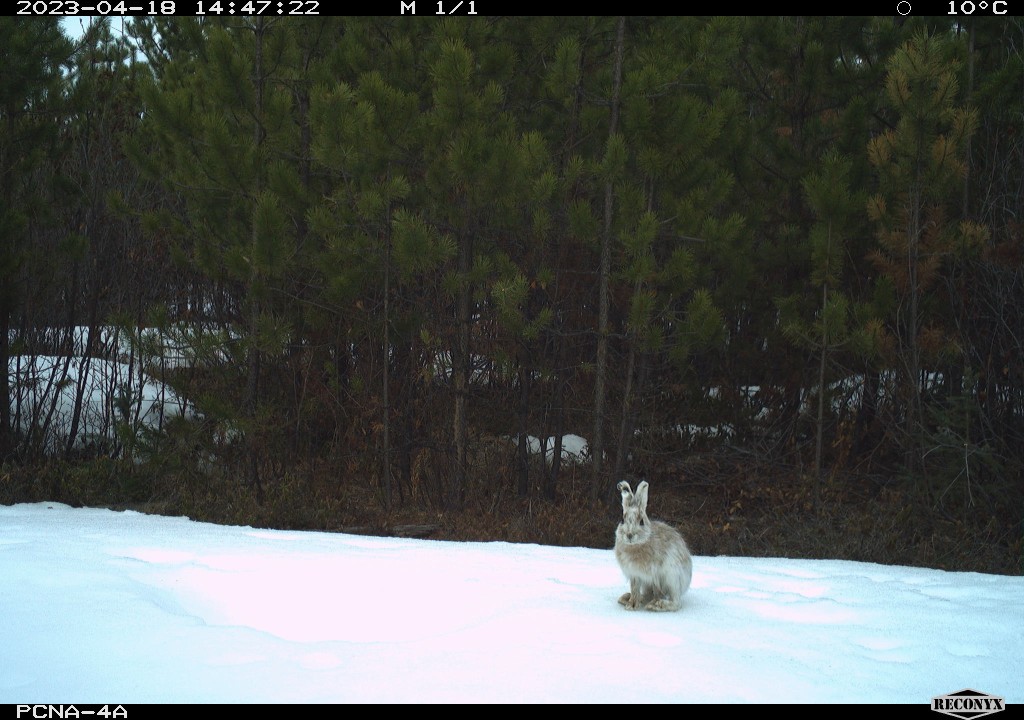
Although a lack of seasonal change currently puts snowshoe hares at a glaring disadvantage, the snowshoe hare’s rapid reproduction and short life cycle may eventually lead them to adapt to meet the pressures of climate change. While many species will struggle because of the changing climate, some like the snowshoe hare may have a better chance at adapting more rapidly than some species highly affected by changes in weather such as the Canada lynx (Lynx canadensis). If you pay attention to the animals you see as the seasons continue to change, you may spot a mismatched snowshoe hare: a spot of brown in a sea of snow, or a bright white hare amongst the autumn leaves.
Hare in the Air was researched and written by Bria Griffin.
Literature
Murray, Samantha. 2023. “Timing of Snowshoe Hare Winter Color Swap May Leave Them Exposed in Changing Climate, Study Finds.” News, n/a, 12 Apr. 2023, blogs.ifas.ufl.edu/news/2023/04/12/snowshoe-hares-climate-change/. Available: https://blogs.ifas.ufl.edu/news/2023/04/12/snowshoe-hares-climate-change/
Zimova, M., K. Hackländer, J. M. Good, J. Melo-Ferreira, P. C. Alves, and L. S. Mills. 2018. Function and underlying mechanisms of seasonal colour moulting in mammals and birds: What keeps them changing in A warming world? Biological Reviews, vol. 93(3), pp. 1478–1498, https://doi.org/10.1111/brv.12405. Available : https://onlinelibrary.wiley.com/doi/10.1111/brv.12405
Montana University. “Research Identifies How Snowshoe Hares Evolved to Stay Seasonally Camouflaged.” Phys.Org, Phys.org, 21 June 2018, Available: https://phys.org/news/2018-06-snowshoe-hares-evolved-seasonally-camouflaged.html#:~:text=%22Like%20other%20seasonal%20traits%2C%20the,presence%20or%20absence%20of%20snow.%22
Jones, M. R., L. S. Mills, P. C. Alves, C. M. Callahan, J. M. Alves, D. J. R. Lafferty, F. M. Jiggins, J. D. Jensen. 2018. Adaptive introgression underlies polymorphic seasonal camouflage in snowshoe hares. Science, vol. 360, no. 6395, pp. 1355–1358, https://doi.org/10.1126/science.aar5273. Available: https://www.science.org/doi/10.1126/science.aar5273
